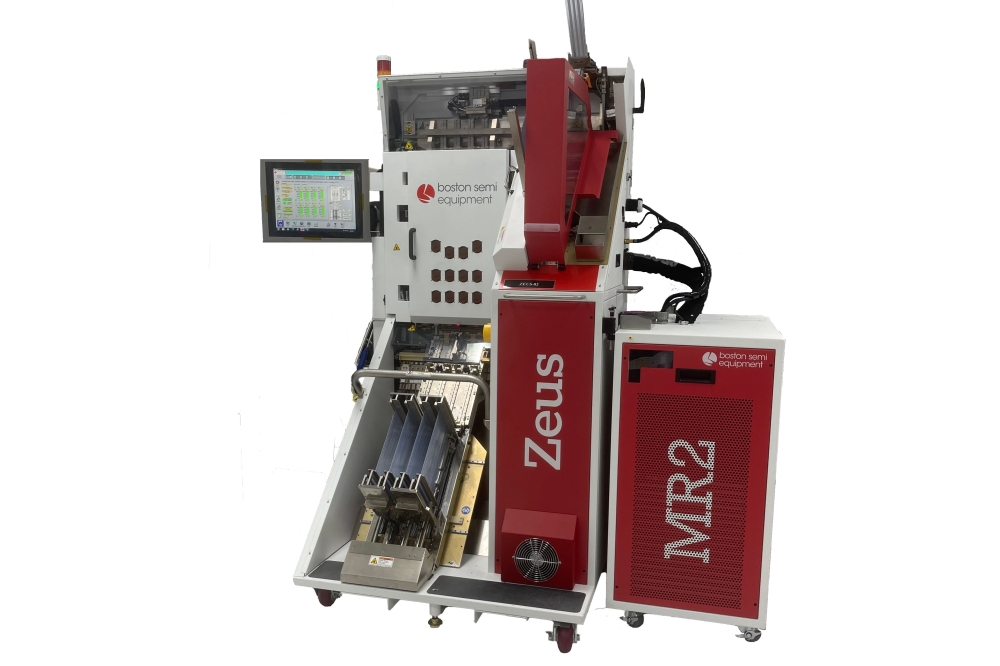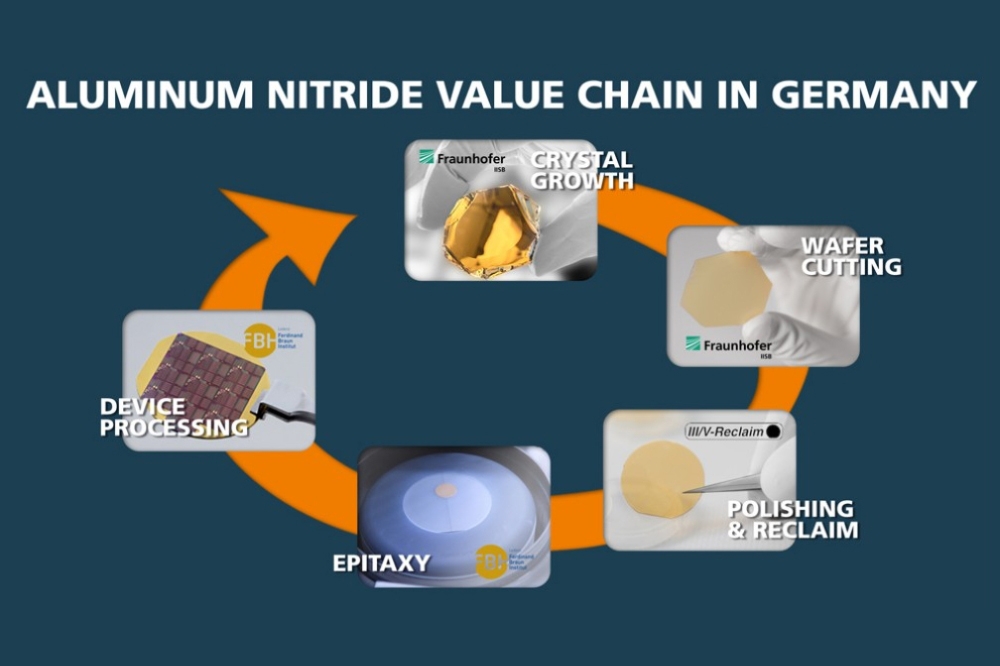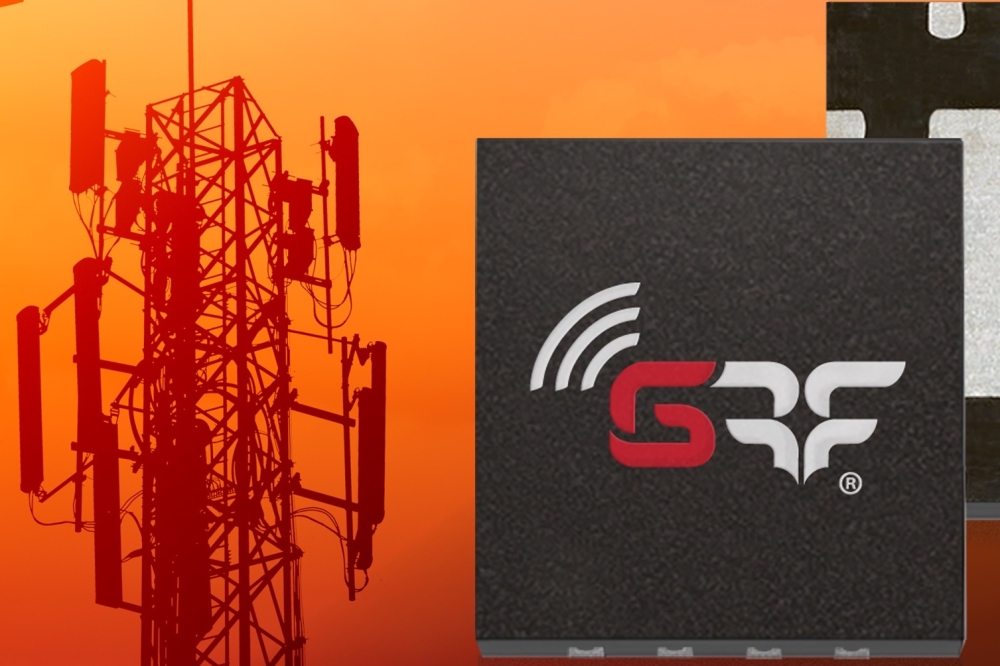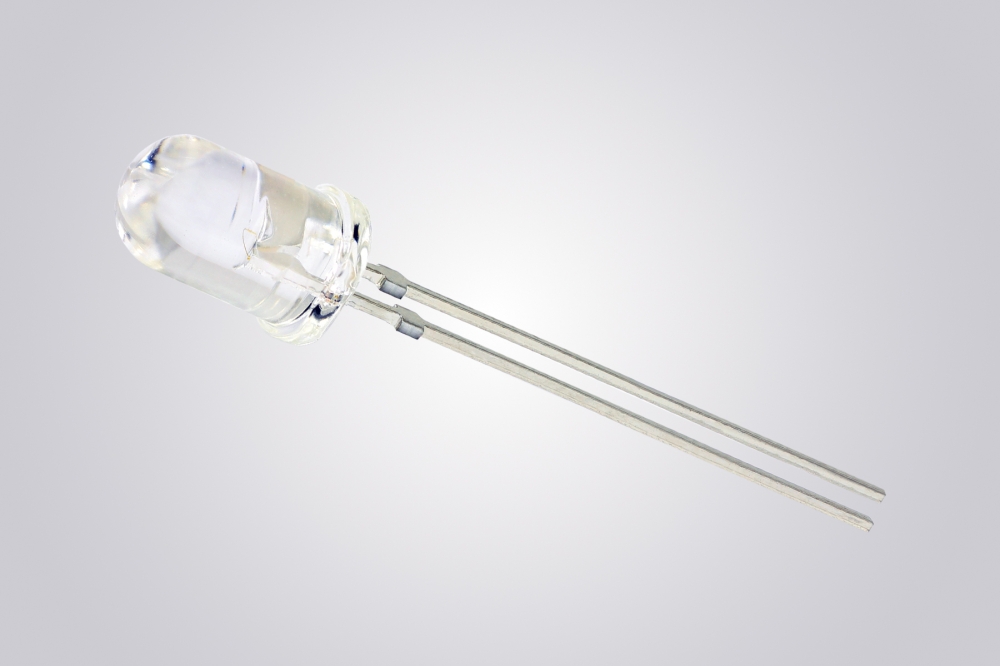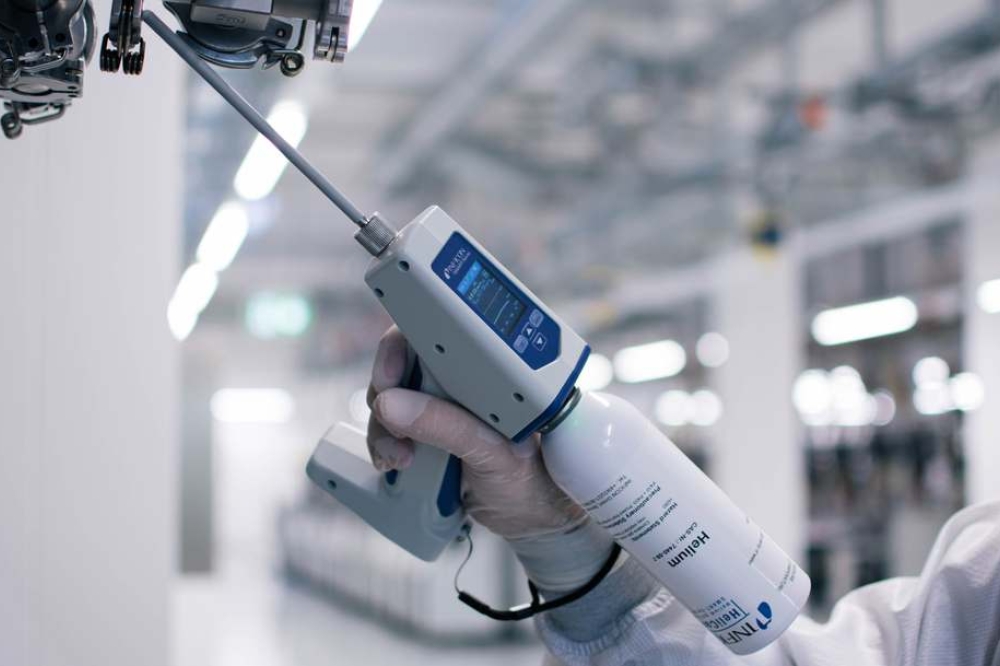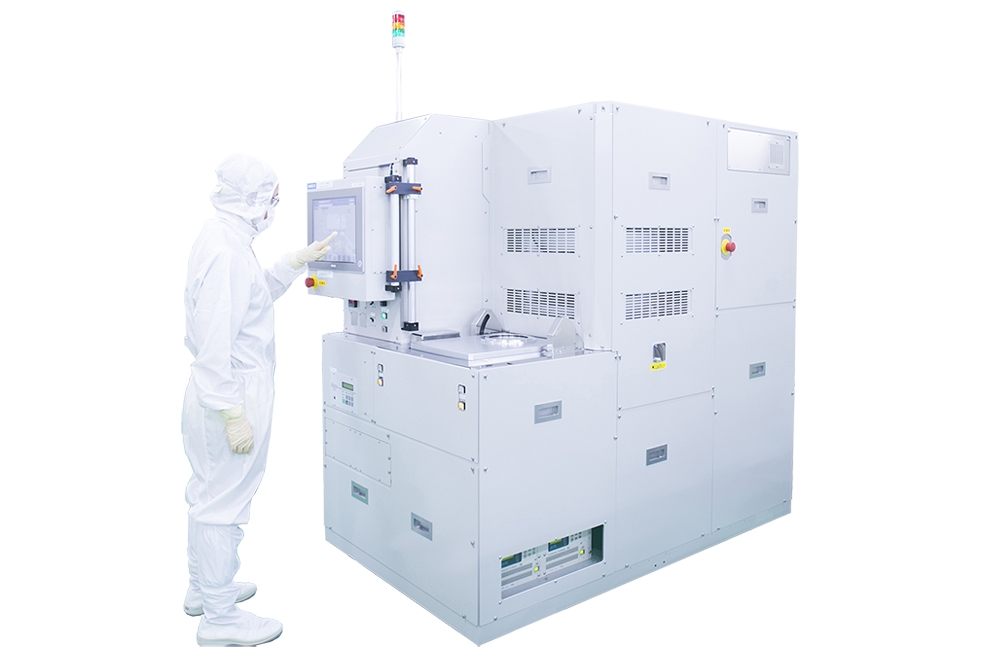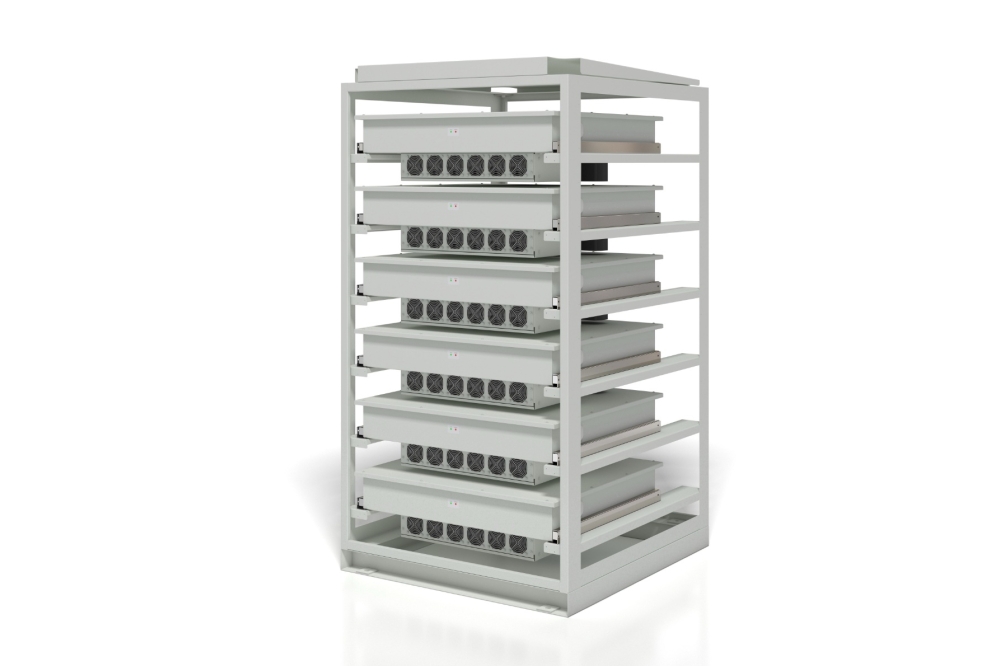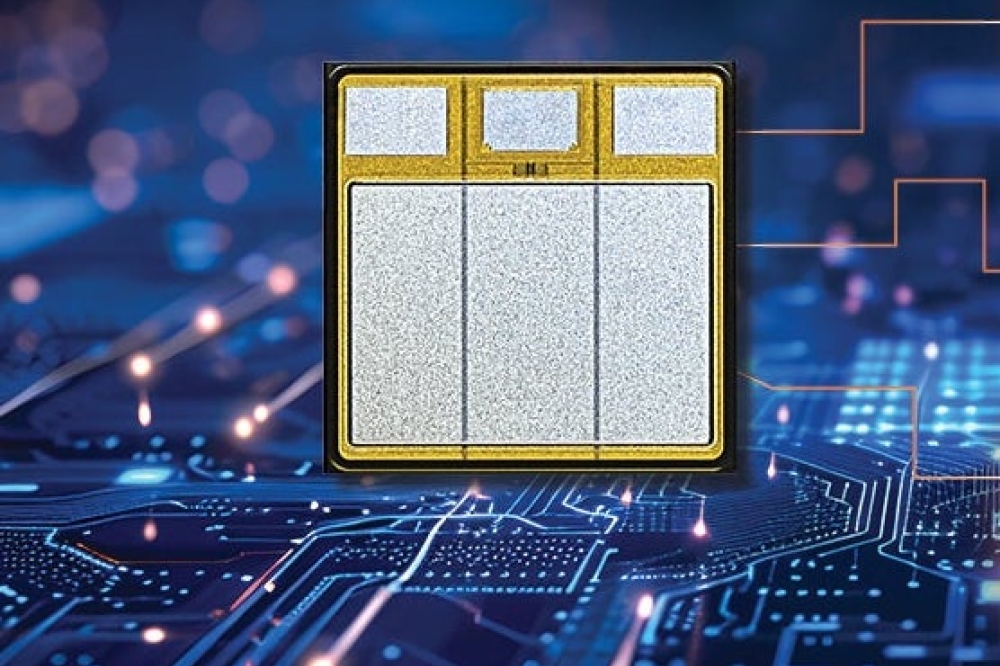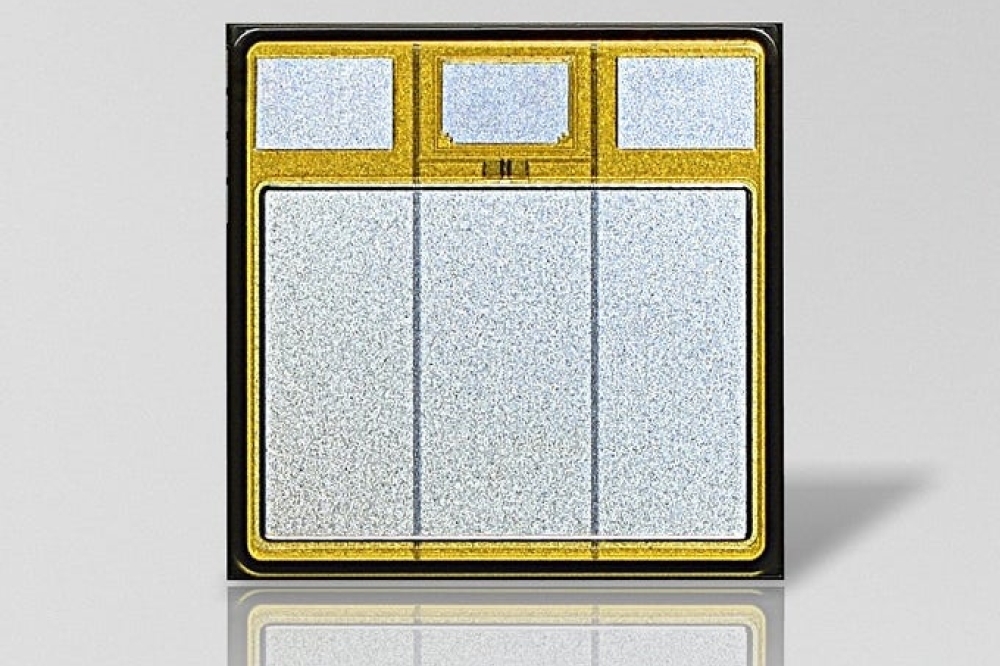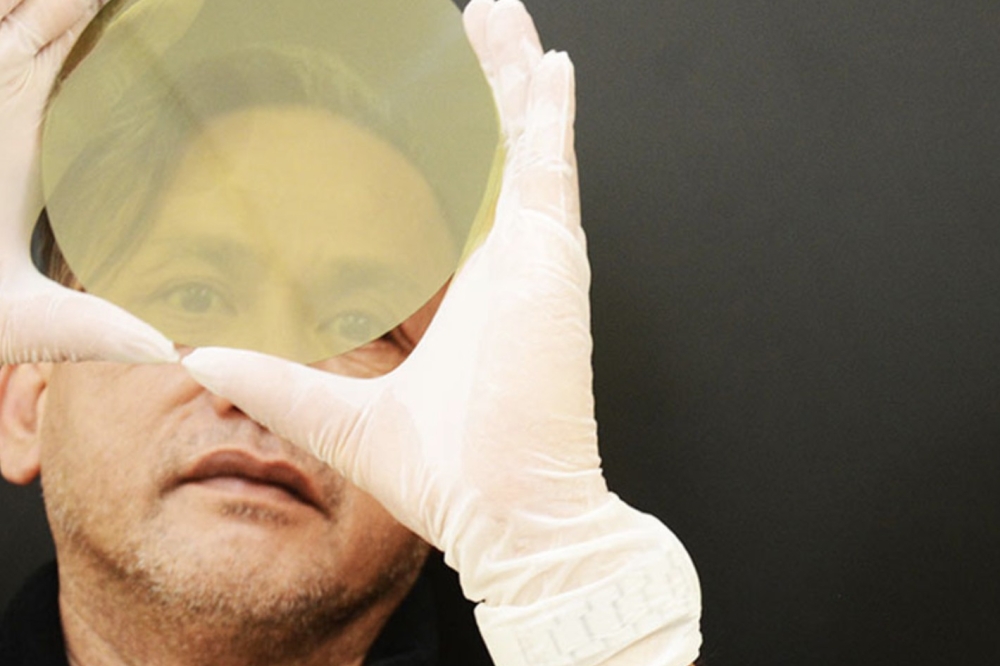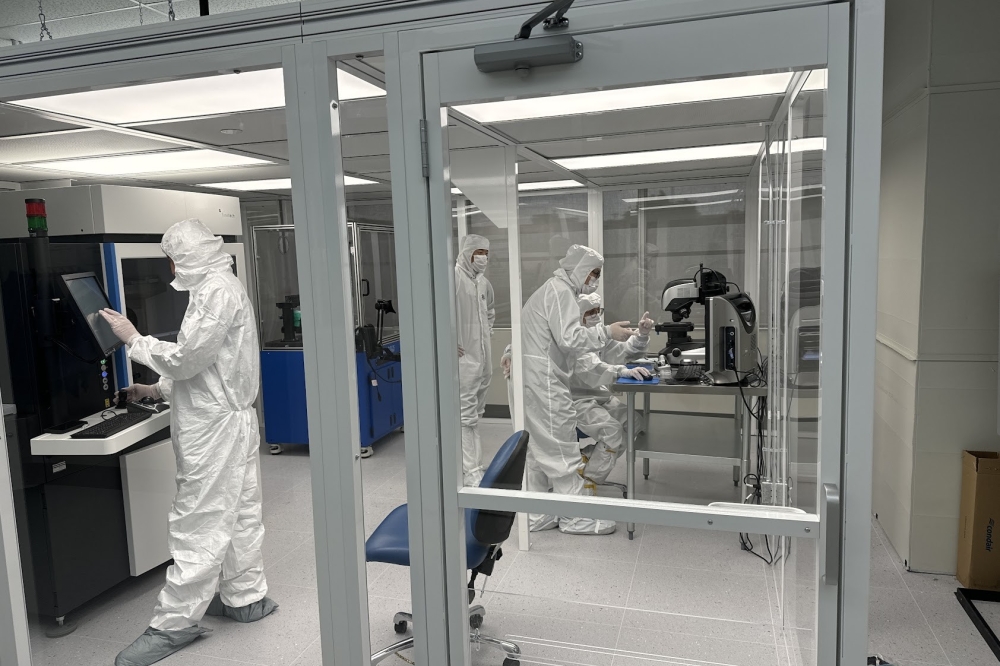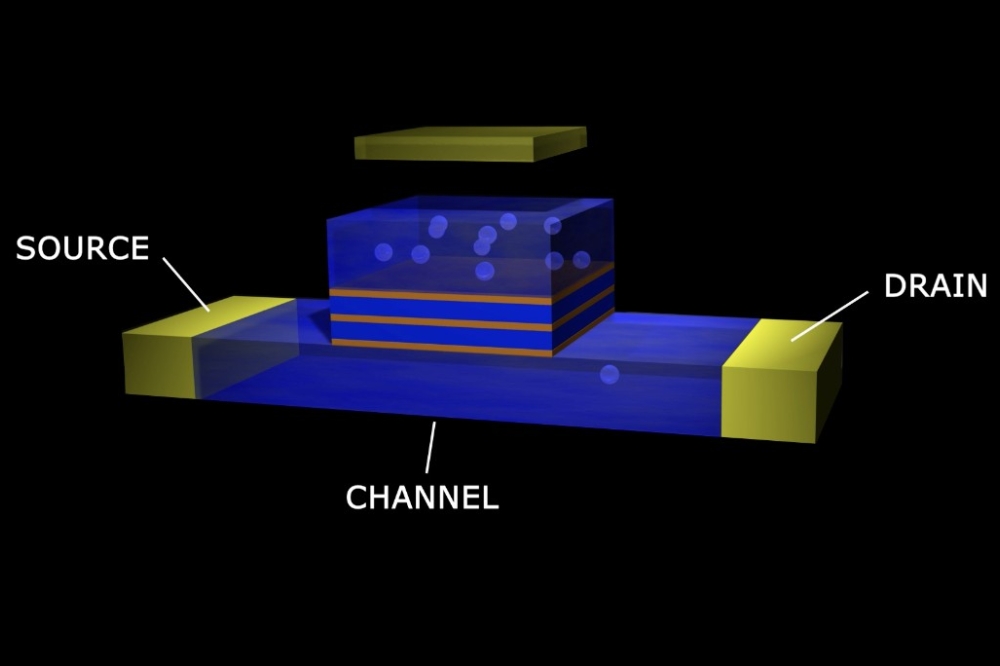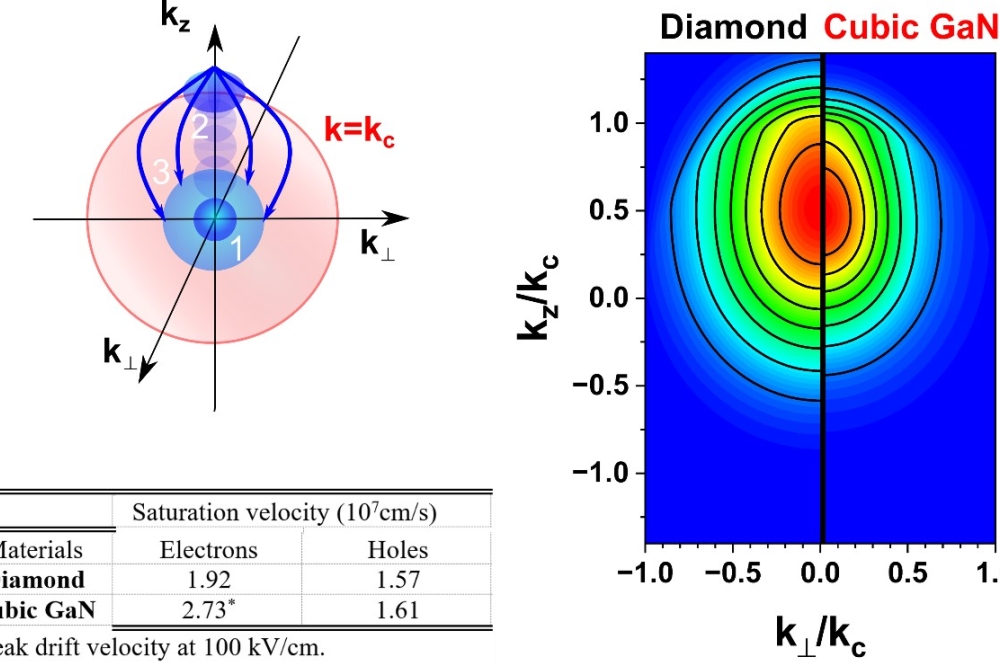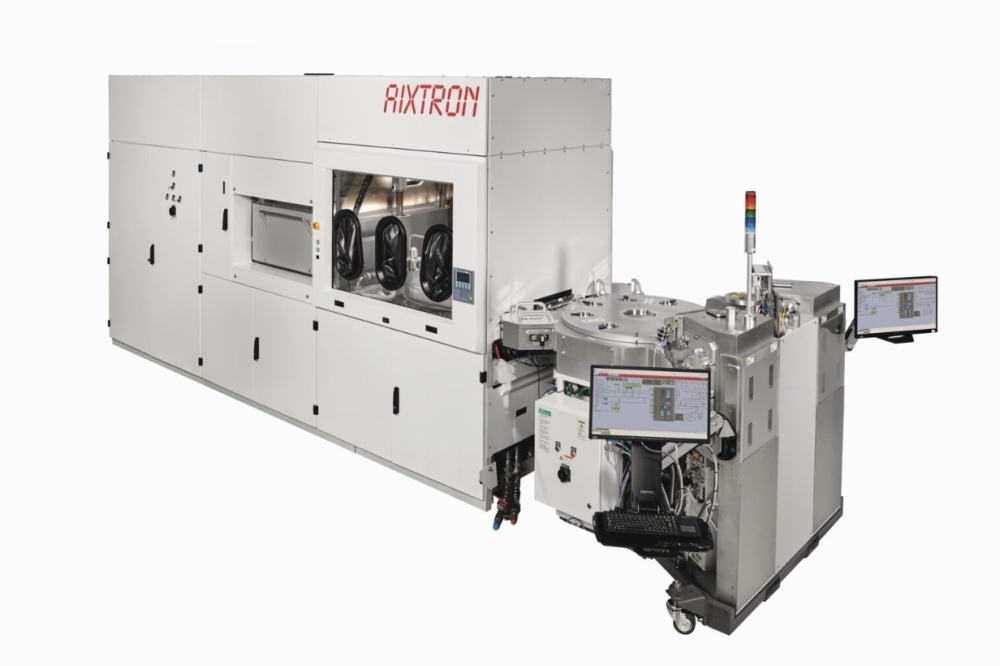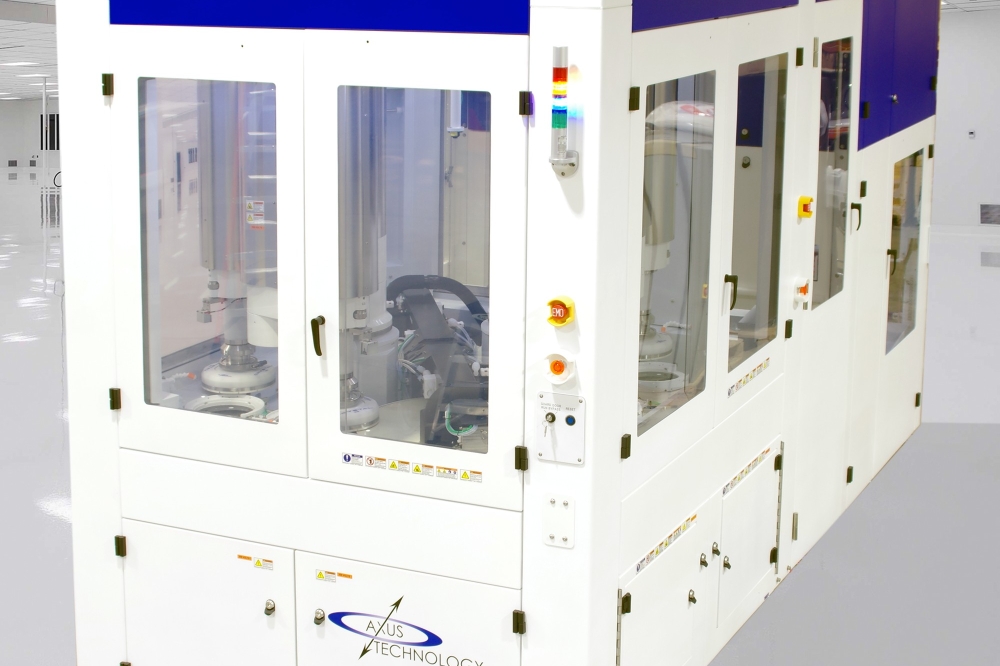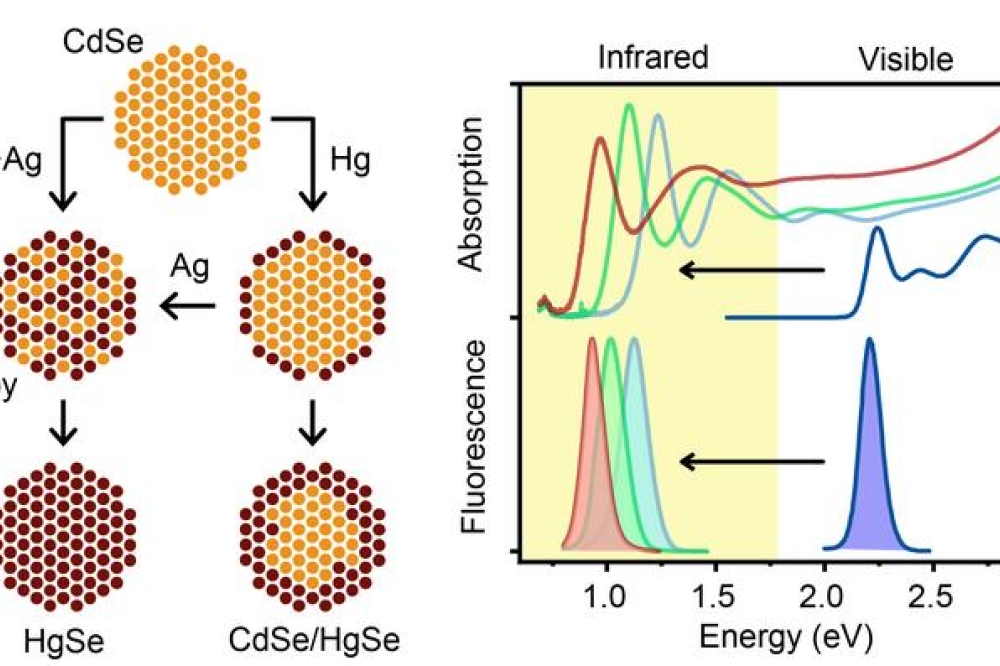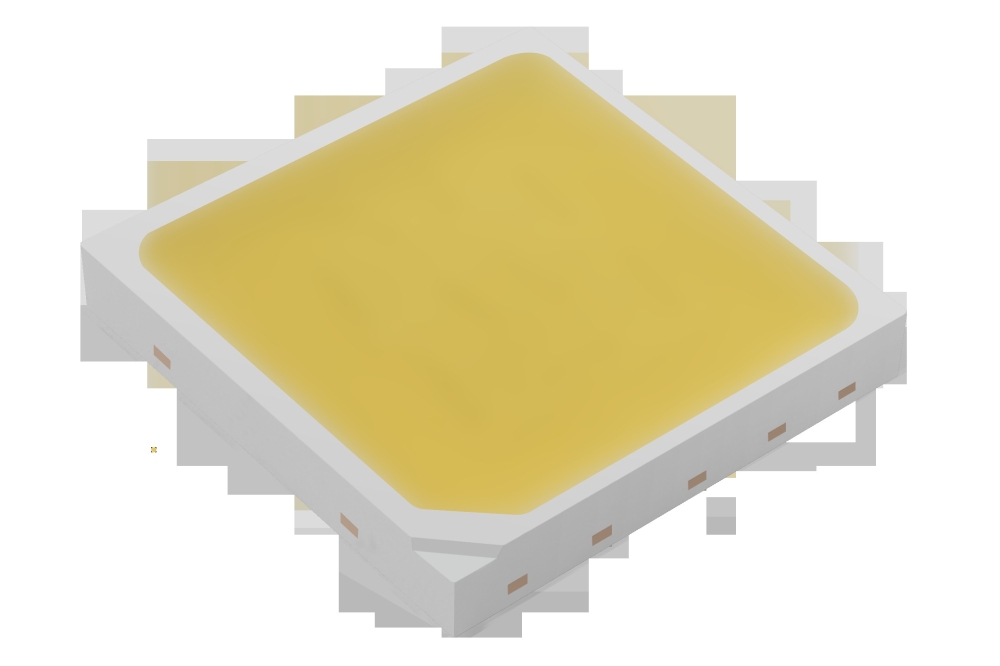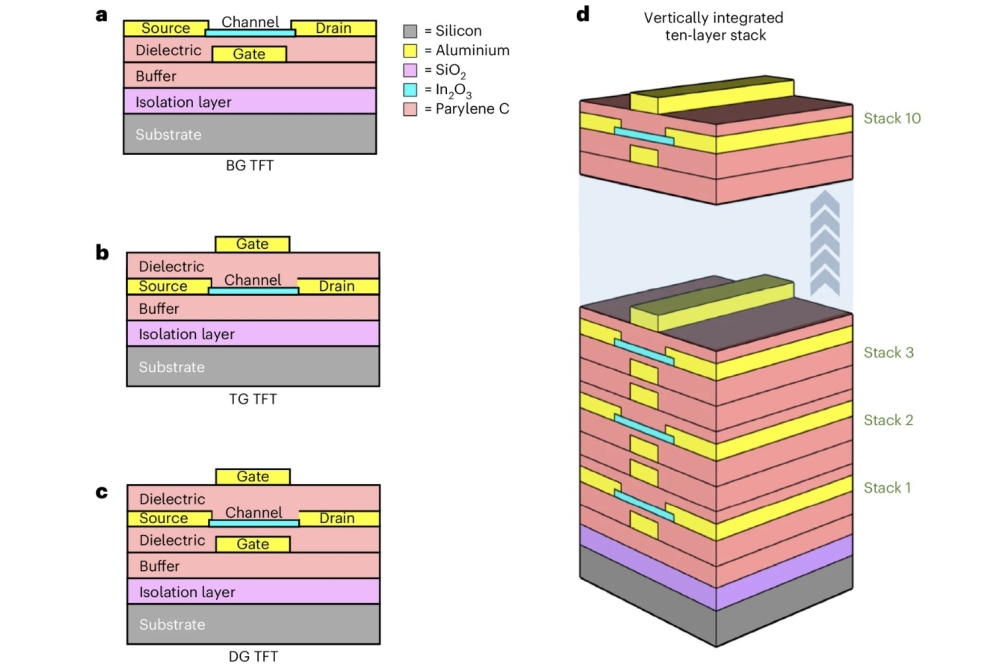Chinese team shows extraordinary rad-hardness of SiC

Reported irradiation fluence is the highest of high energy proton irradiation (>1 MeV) ever applied to SiC devices
For long term outer space missions, many key sensors or electronic devices may suffer from radiation damage and even device failure caused by high energy cosmic rays. Currently, most semiconductor radiation detectors are based on high quality silicon. However, due to its low displacement threshold energy and medium bandgap energy, silicon-based detectors have poor radiation resistance and normally have to be cooled during operation to reduce electronic noise.
Recently, researchers from Nanjing University in China studied the effect of very high-fluence 100 MeV proton radiation on the performance of 6H-SiC photoconductive proton detectors [Qing Liu et al, IEEE Electron Device Letters, 40, 1929, Dec. 2019].
The reported irradiation fluence is up to 1.6×1017 cm-2, which is the highest of high energy proton irradiation (>1 MeV) ever applied to SiC devices. Also, for the first time, the degradation process of the detector is continuously recorded and analysed through on-line monitoring. It is showed that at the end of the very high fluence irradiation test, the detector still exhibits ~20 percent of its original output current value, suggesting the extraordinary radiation hardness of SiC for proton detection.
Since the 1990s, SiC has been used for making radiation detectors working in high temperature and high pressure environment. Besides its excellent physical properties including wide bandgap energy, high electron saturation velocity, high critical electric field strength, and good thermal conductivity, SiC is believed much more radiation-resistant compared with Si because of its higher electron-hole pair ionisation energy and displacement threshold energy.
In recent years, there is an increasing interest for using SiC-based devices in proton radiation environment. However, the upper limit of SiC to withstand high irradiation dose is less explored. The researchers said that in the past there were only several reports concerning proton radiation effect on SiC devices, and the maximum radiation fluence studied remained below 1016 cm-2, which was far less than enough for many cases of extremely harsh applications.
Figure 1 above shows: (a) Schematic view of the 6H-SiC photoconductive detector. (b) The top view photograph of the tested detector. (c) Schematic of the specially mounted detector.
The researchers fabricated their devices using bulk semi-insulating 6H-SiC wafer with a thickness of ~360 μm. As shown in Figure 1, the device is of vertical structure with both its top and bottom ohmic metal contacts deposited by e-beam evaporation and treated by rapid thermal annealing. Before proton irradiation, the detector showed a very low dark current of ~0.8 nA/cm2 at 1000 V bias. High-fluence proton irradiation was carried out at room temperature using a HI-13 tandem accelerator at China Institute of Atomic Energy. The proton beam was normal to the detector surface with a nominal beam energy of 100 MeV and the proton flux received by the detector was calibrated at ~700 nA. The packaged detector, which is shown in Figure 1(c), was installed in the proton irradiation experimental station. During the proton irradiation, the detector was biased at 400 V and its “photocurrent” was continuously recorded.
Figure 2: Normalised output current of the 6H-SiC proton detector measured by online monitoring as a function of 100 MeV proton irradiation fluence, which accumulated up to 1.6×1017 cm-2. The red solid line is the fitting curve. The fitting function and the values of fitted parameters are marked.
The detailed degradation behaviour of output current upon proton irradiation is shown in Figure 2. Before the proton irradiation fluence reaches 2×1016 cm-2, the normalised output current rapidly decreases by ~65 percent. As radiation fluence further increases, the output current drops at a much slower rate and tends to saturate. At the end of the very high fluence (1.6×1017 cm-2) irradiation test, the detector still exhibits ~20 percent of its original output current value. Interestingly, after the proton radiation test, the dark current of the detector at 400 V reduces by ~ten times. The researchers explained this observation as carrier compensation effect induced by displacement defects, which would increase the bulk resistivity of 6H-SiC in the detector active region.
The degradation behaviour of the SiC detector shows a dual exponential decay behaviour, which can be fitted by a function including two exponential decay sub-functions and four fitting parameters. The physical meaning of each parameter and the degradation mechanism of the detector were analysed. The researchers suggested that the degradation behaviour is related to the defect generation mechanism under non-ionising energy loss, including primary scattering of high-energy protons by lattice atoms as well as cascade collision of secondary (or tertiary...) atoms with neighbouring atoms. They further pointed out, “the above two defect generation mechanisms would result in two different attenuation coefficients, which could explain the observed exponential decay behaviour of output current in this work.”
The proton radiation hardness of various semiconductor detectors or solar cells is compared by the researchers in Table I above. It is clear that SiC exhibits excellent proton radiation hardness.
The researchers commented; “Currently, in terms of proton radiation hardness, the only semiconductor material could compete with SiC is diamond. Nevertheless, diamond devices suffer from very high value of material cost and low n-type doping efficiency. Comparatively, due to the large investment on SiC power device development in recent years, SiC substrate and device fabrication technologies are much more mature so that sophisticated SiC devices and arrays can be made.”



